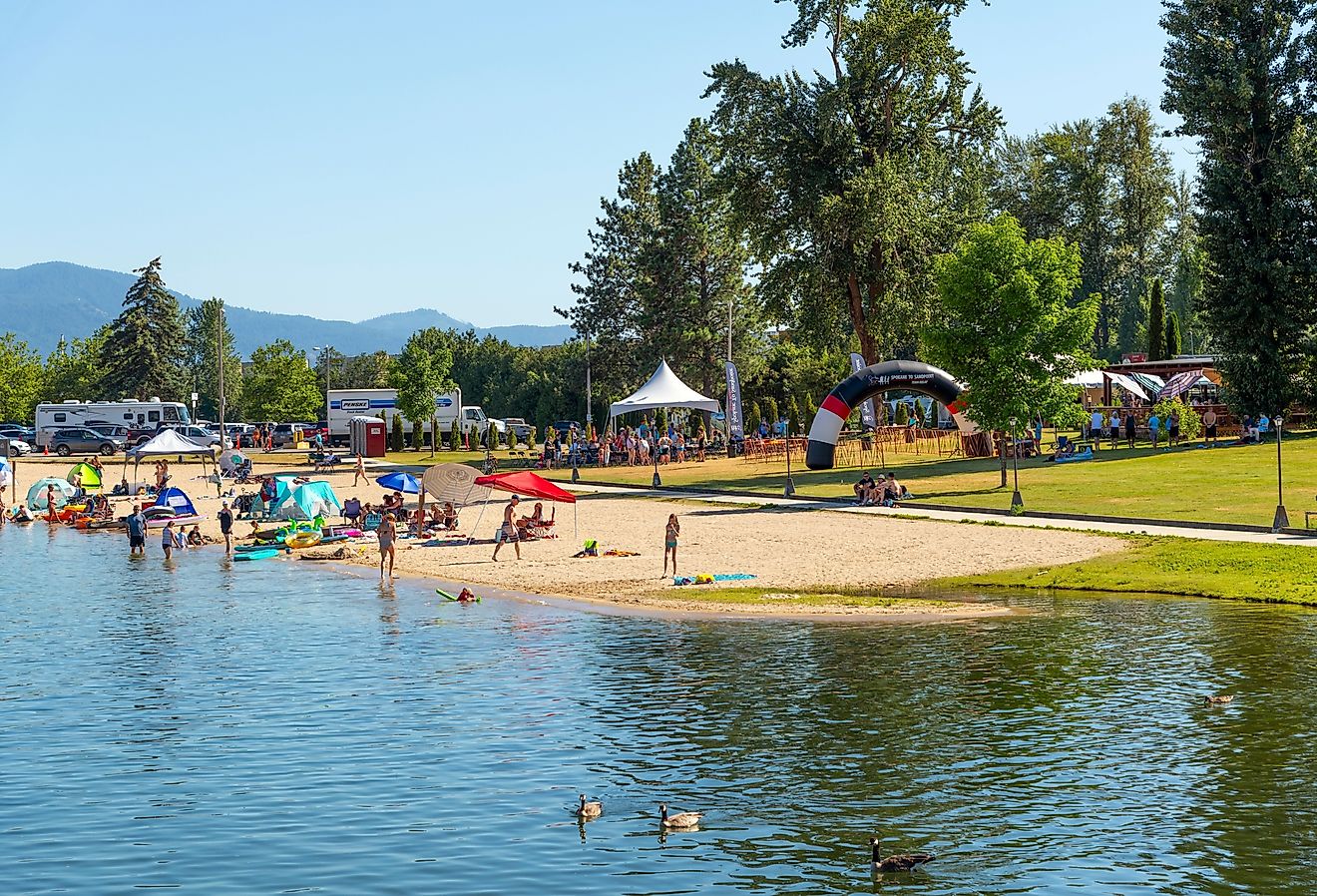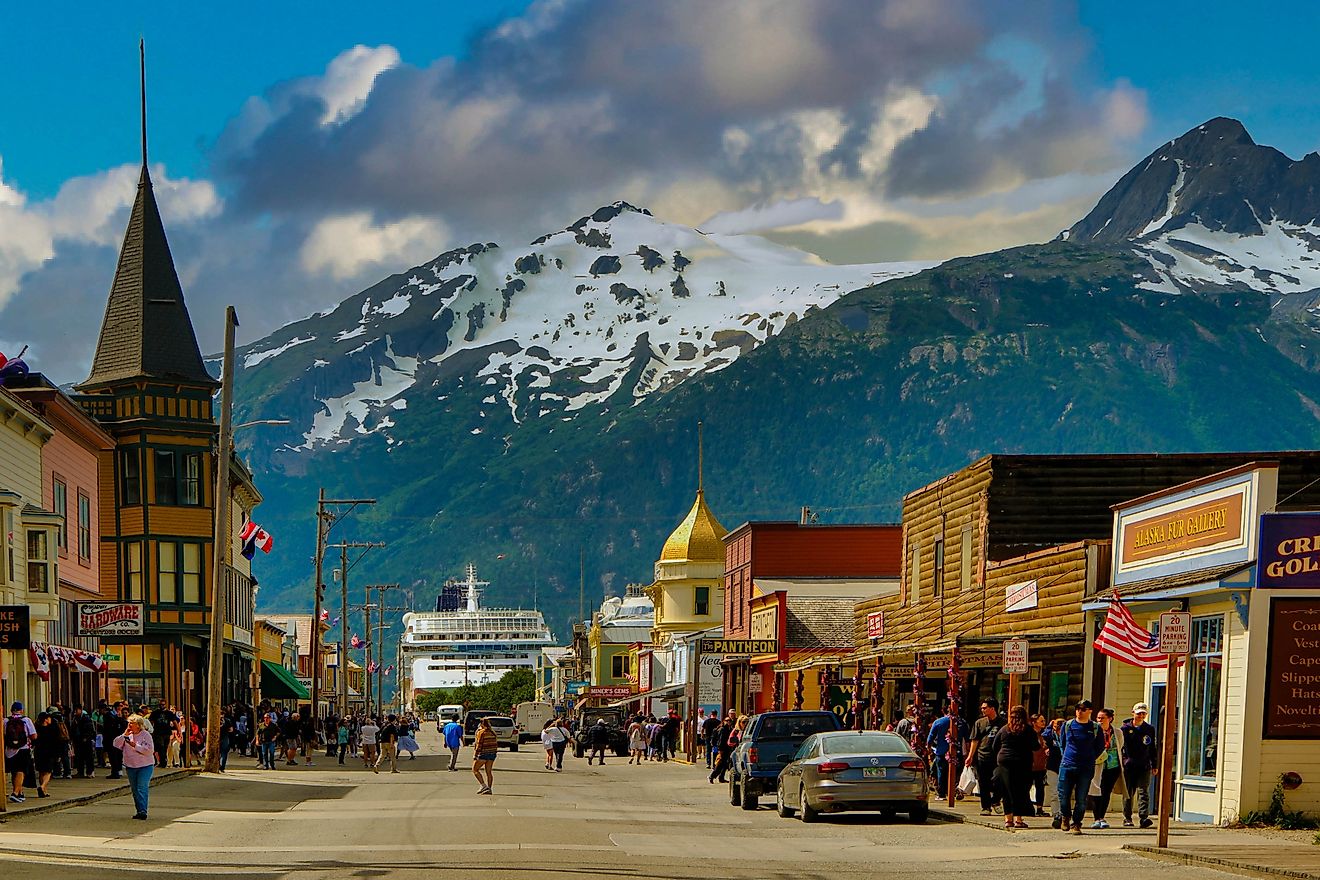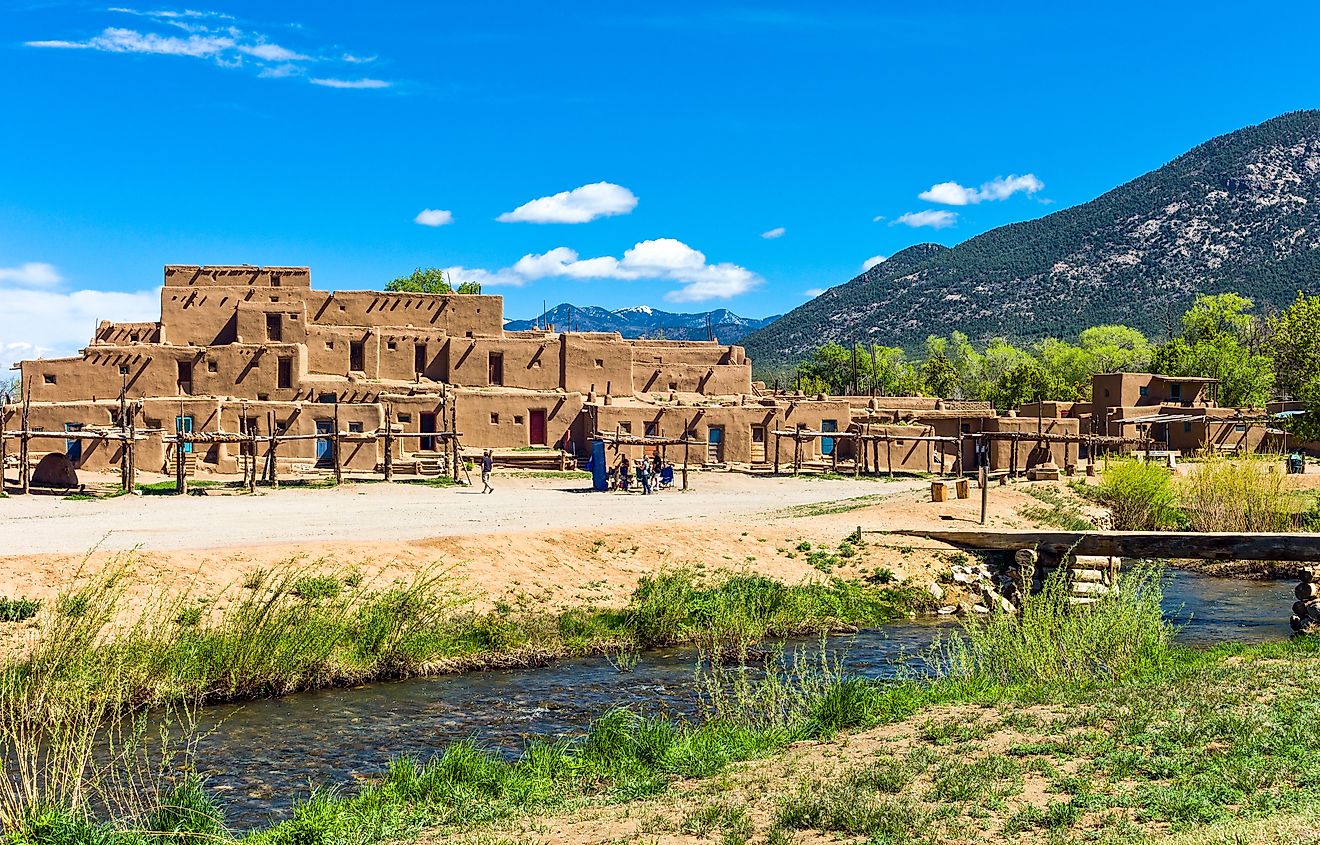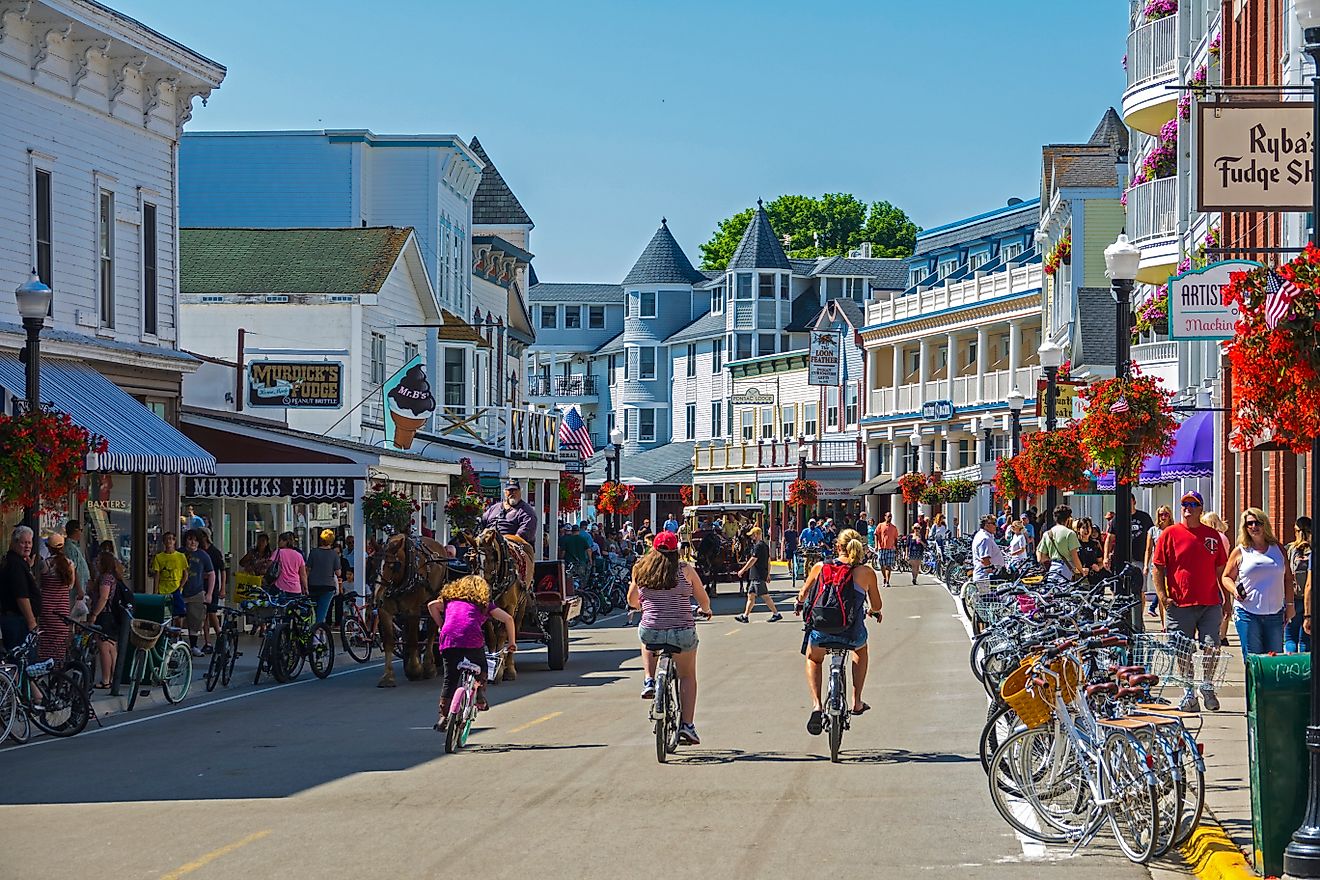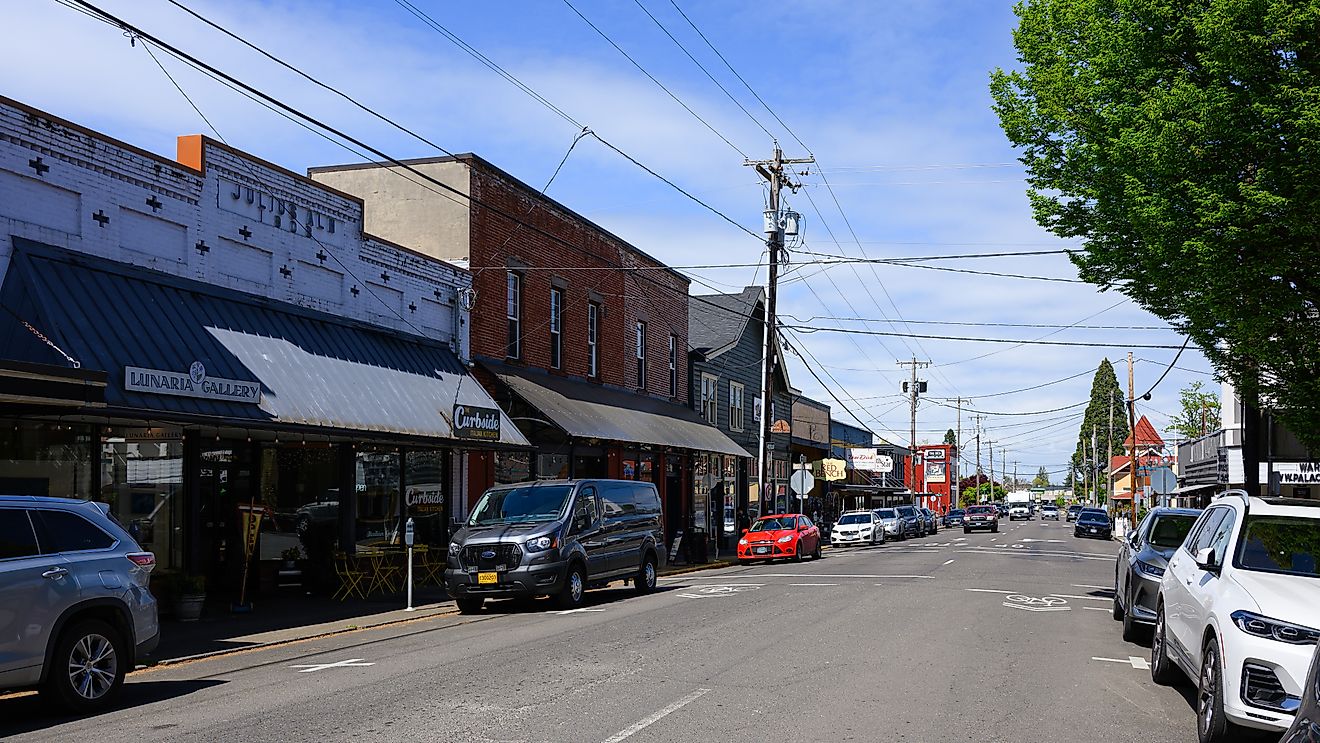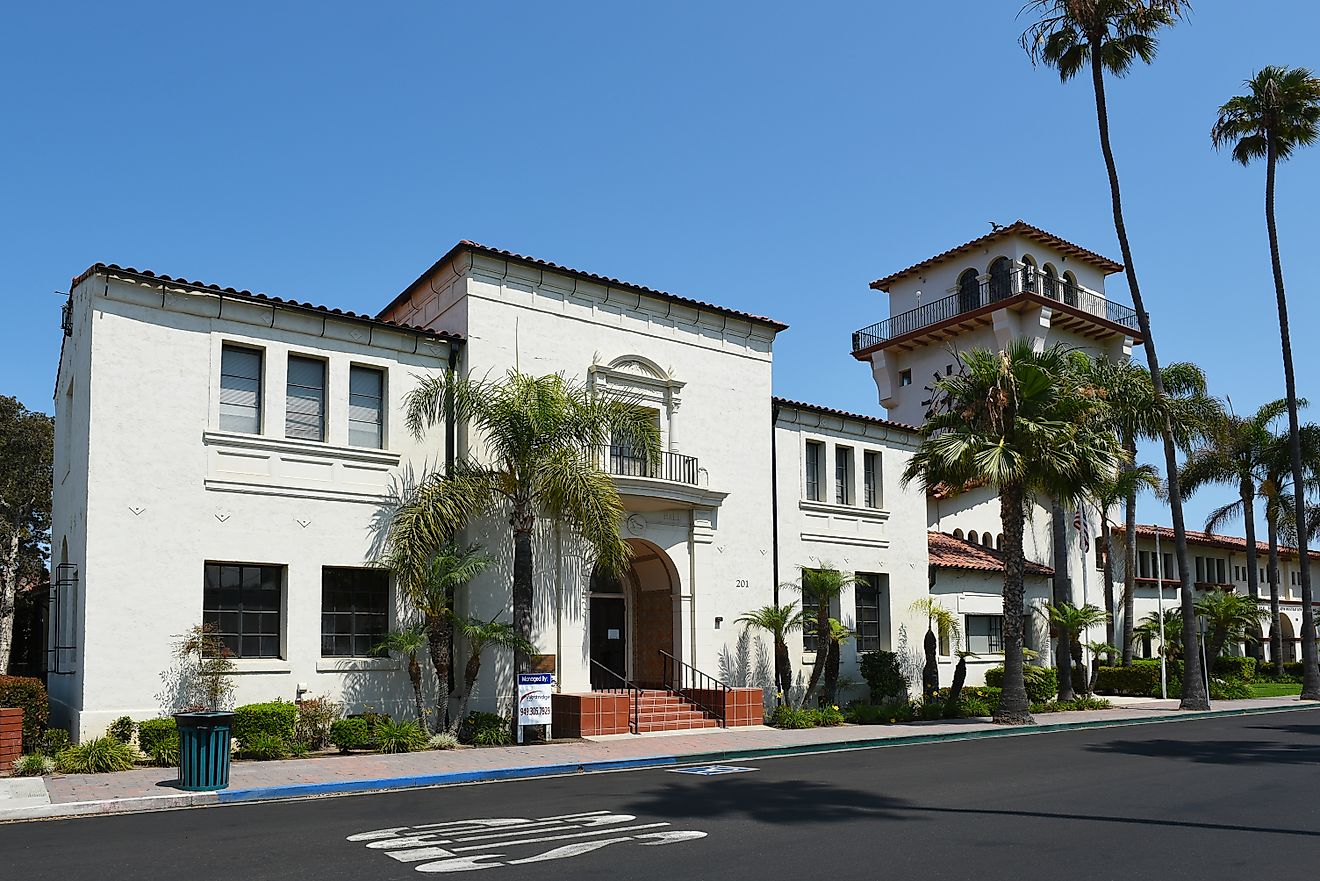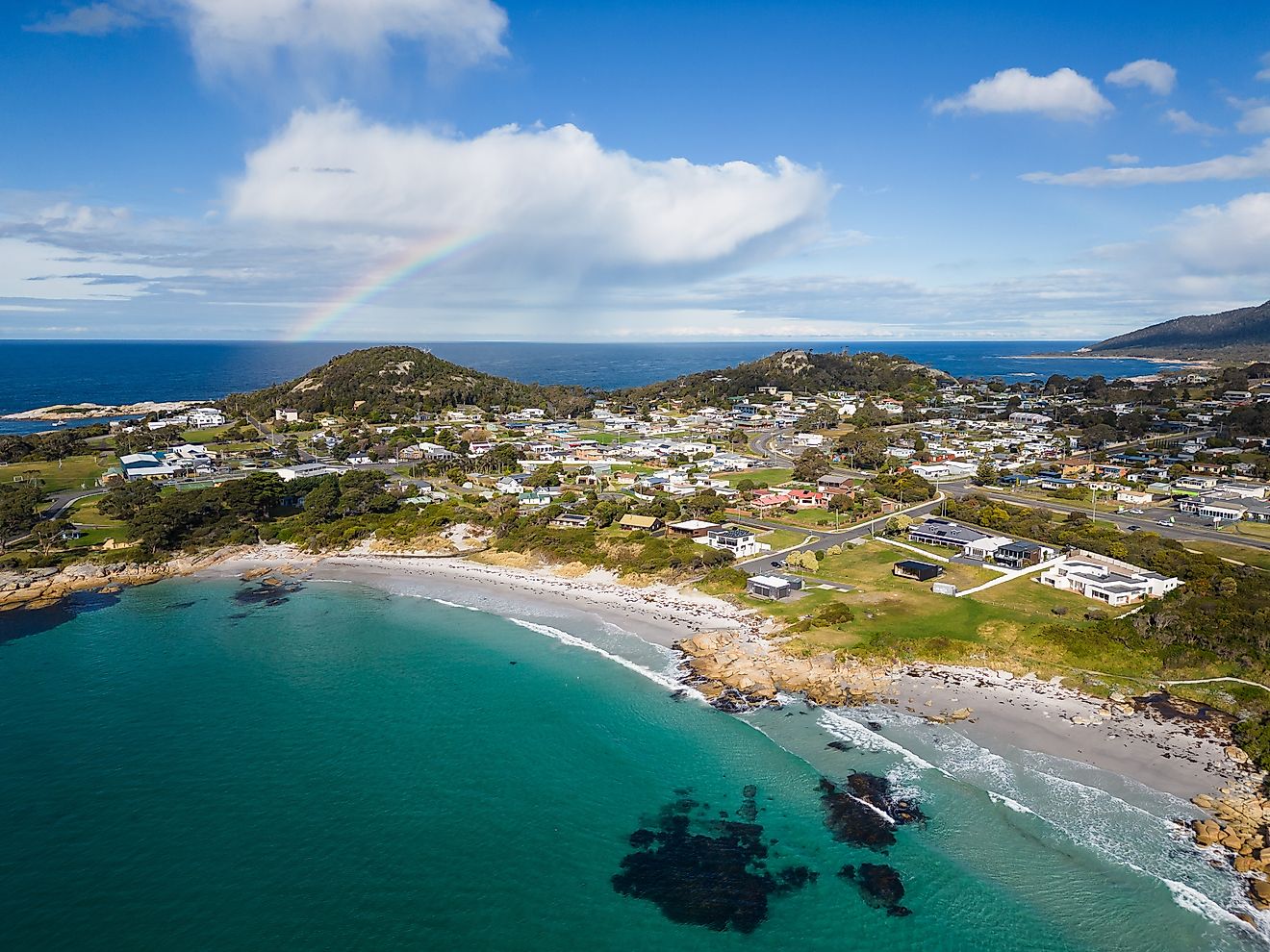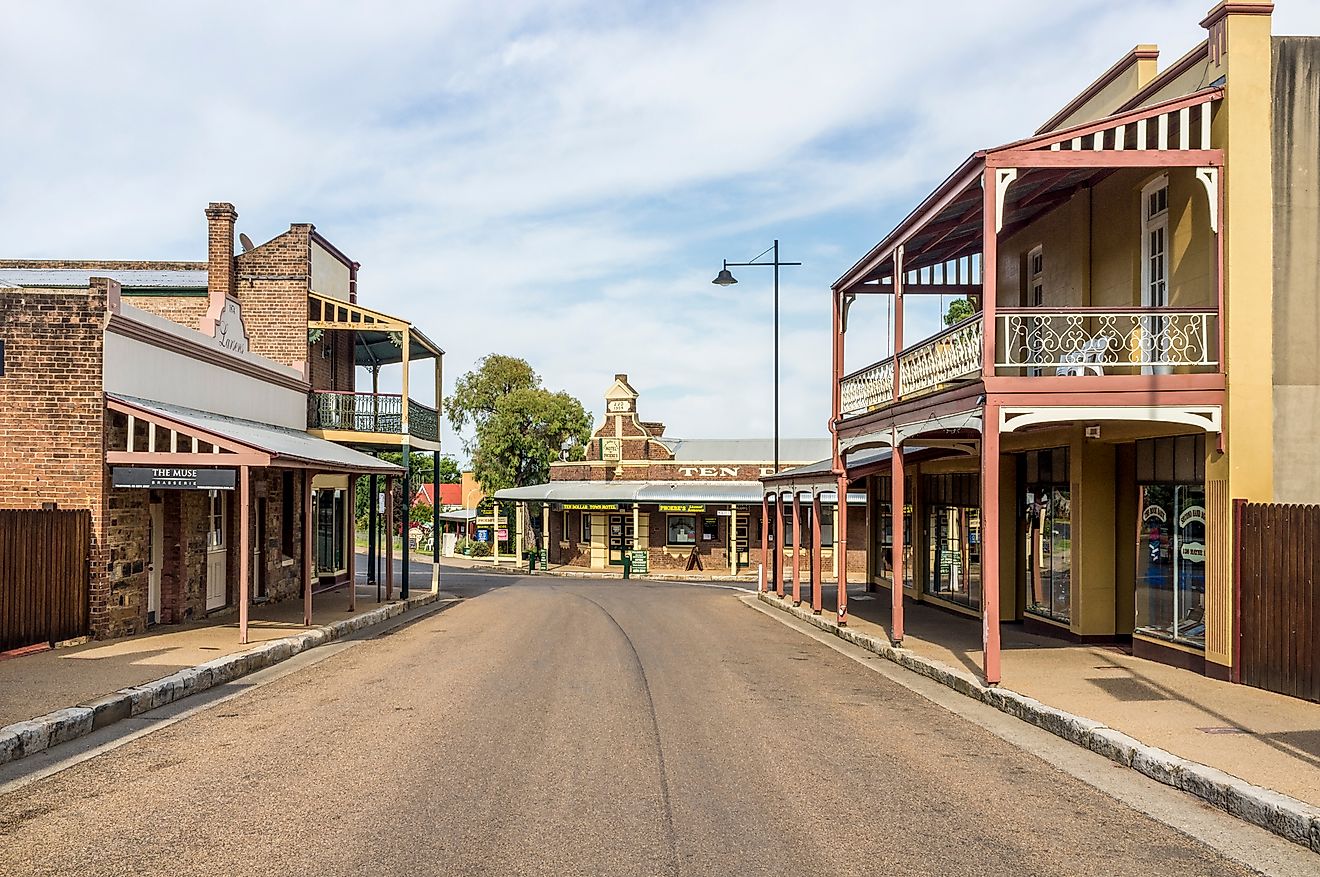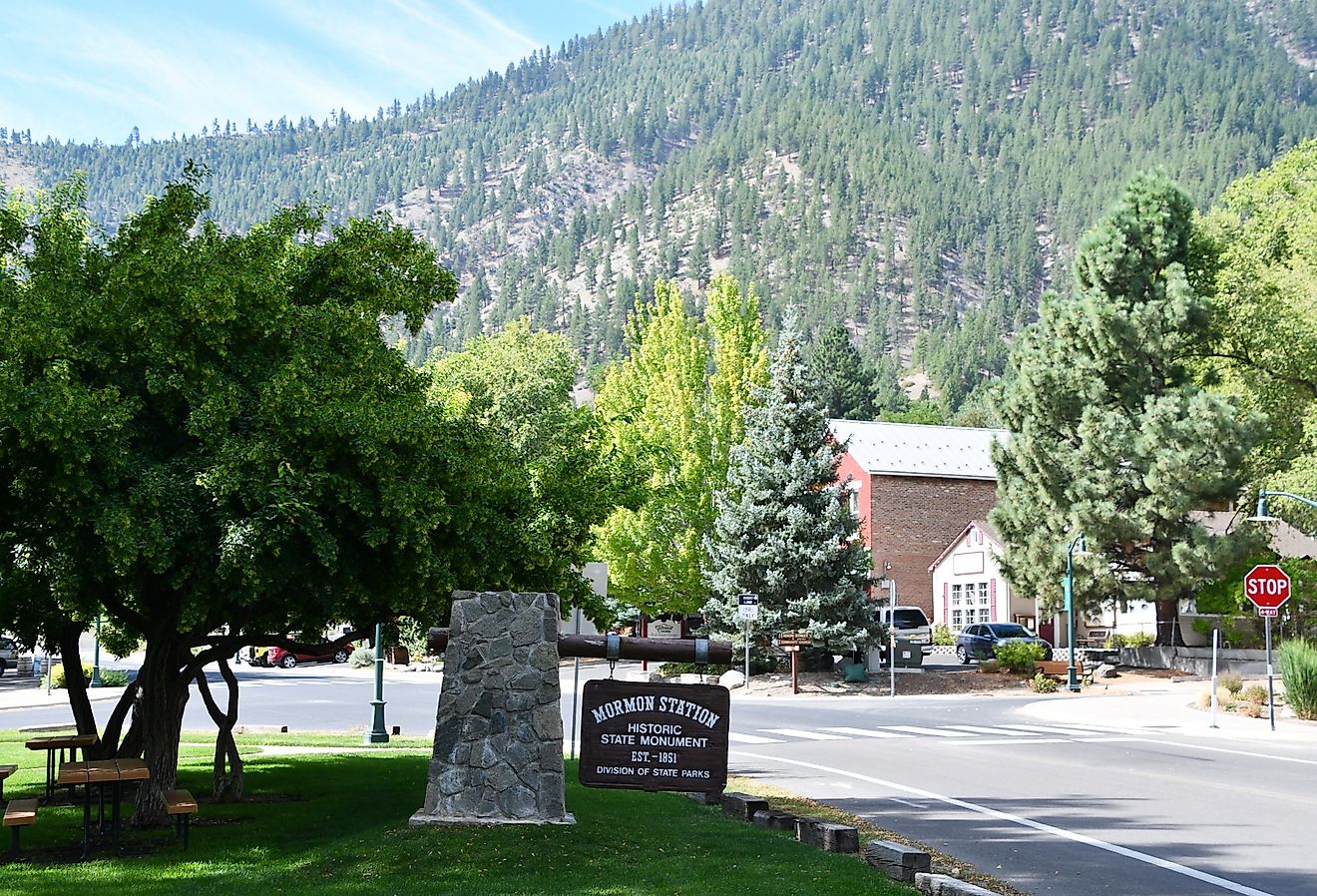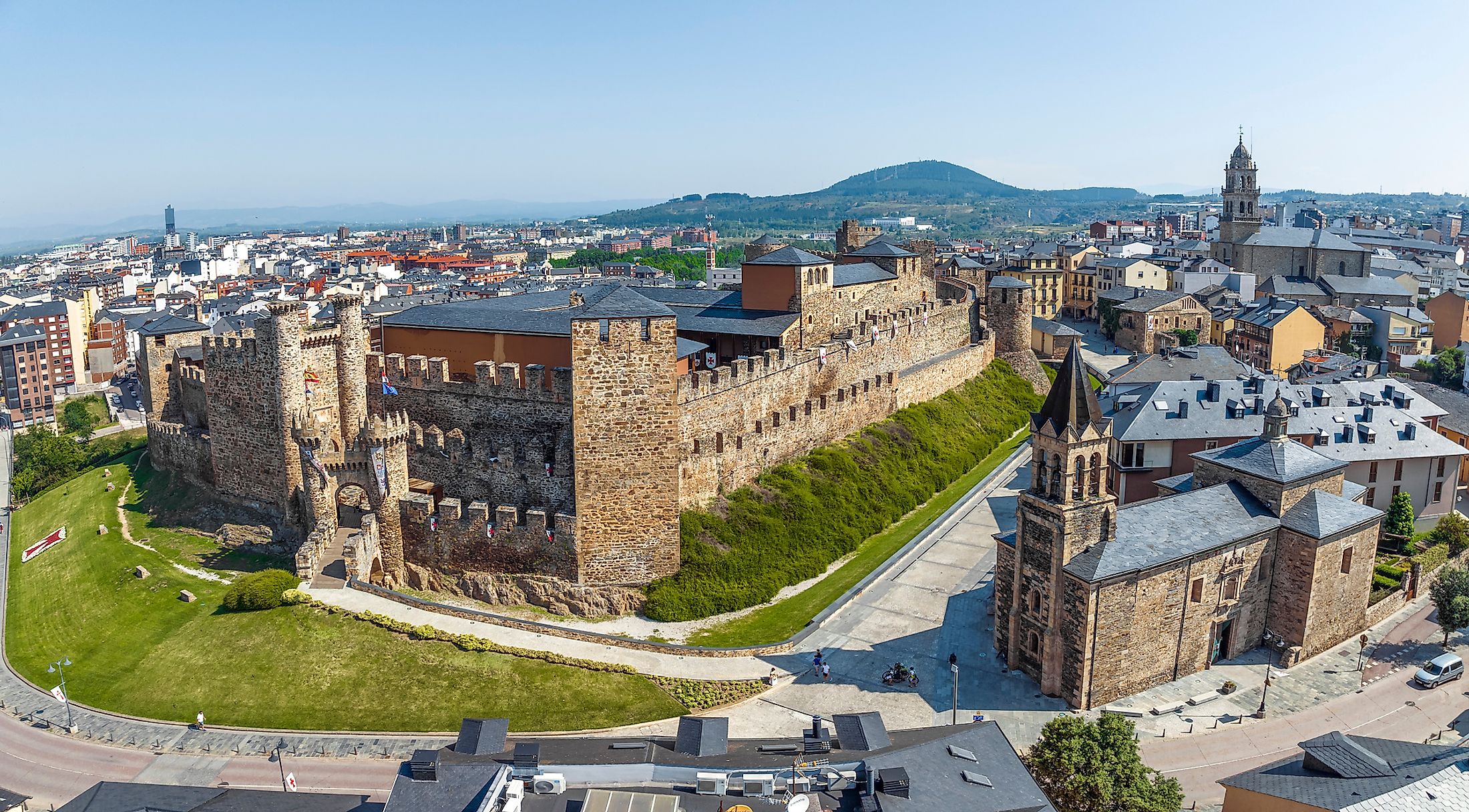
Ponferrada, Spain
One of the last major stops along the Camino Francés before reaching Santiago de Compostela is the city of Ponferrada. Named after an iron-reinforced bridge (Latin: Pons Ferrata) built in the 11th century to usher westward pilgrims over the river Sil, the most striking feature of this Northwestern Spanish settlement is its enormous Templar castle on the edge of the old town. The entirety of the Ponferrada-visiting Camino de Santiago route is designated as a World Heritage Site, as are the nearby Roman gold mines of Las Médulas. This capital of the El Bierzo comarca had an estimated 2021 population of 63,747, giving it a blend of city amenities and small-town touches. Ponferrada is also conveniently located, making it easy to access from the country's capital, the North and West coasts, and neighboring Portugal.
Geography Of Ponferrada
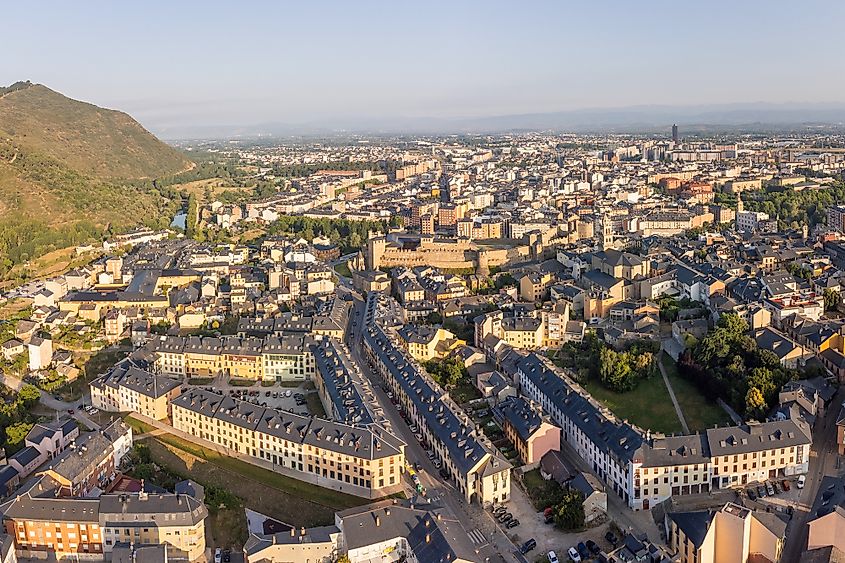
Ponferrada occupies the Northwest portion of Léon – the Northwesternmost province within Castilla y Léon (or Castile and Léon), which is the largest autonomous community in Spain. This moderate-sized city is also the capital of the Léon sub-region of El Bierzo (the equivalent of a county known locally as a comarca). Ponferrada is built on either side of the river Sil, just North of its convergence with the river Boeza and only a few miles Southwest of the Bárcena Reservoir. From the city, the Cantabrian mountains can be seen to the North.
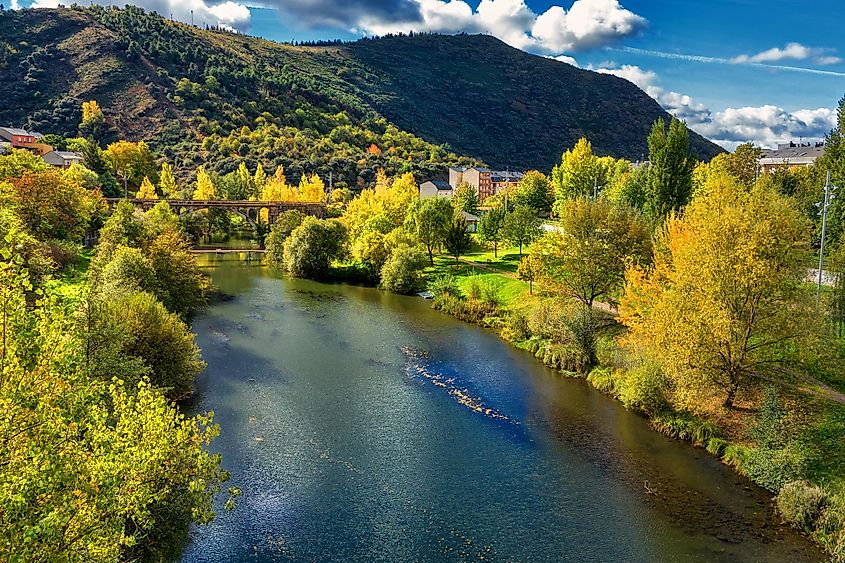
Ponferrada lies approximately 114 kilometers (71 miles) West of the provincial capital of Léon and 209 kilometers (130 miles) East of Santiago de Compostela. Roughly 200 kilometers (124 miles) to the Northeast sits the sizable coastal city of Gijón, and just less than 400 kilometers (249 miles) to the Southeast, Spain's capital, Madrid, can be reached. Madrid possesses the most substantial airport in Ponferrada's vicinity, but Santiago de Compostela also has a modest international airport, and Léon facilitates domestic flights to and from the capital. A routine combination of trains and buses also connects most major urban centers to Ponferrada.
A Brief History of Ponferrada
Ponferrada first took shape towards the end of the 11th century. In 1082, Bishop Osmundo of Astorga ordered the fortification of an ancient bridge crossing the river Sil to ensure safe passage for the pilgrims walking the newly established Camino de Santiago route. Thus, the hamlet of Pons Ferrata ("Iron Bridge") became a notable stop along the nearly 800-kilometer spiritual trek. Prior to this, there was Roman activity in the area, especially relating to the mines at Las Médulas – a UNESCO World Heritage Site from which the empire once extracted gold using major hydraulic methods. During the two centuries of operation (which began in the 1st century AD), a citadel was erected at what is now one of the biggest fortresses in Northwestern Spain.
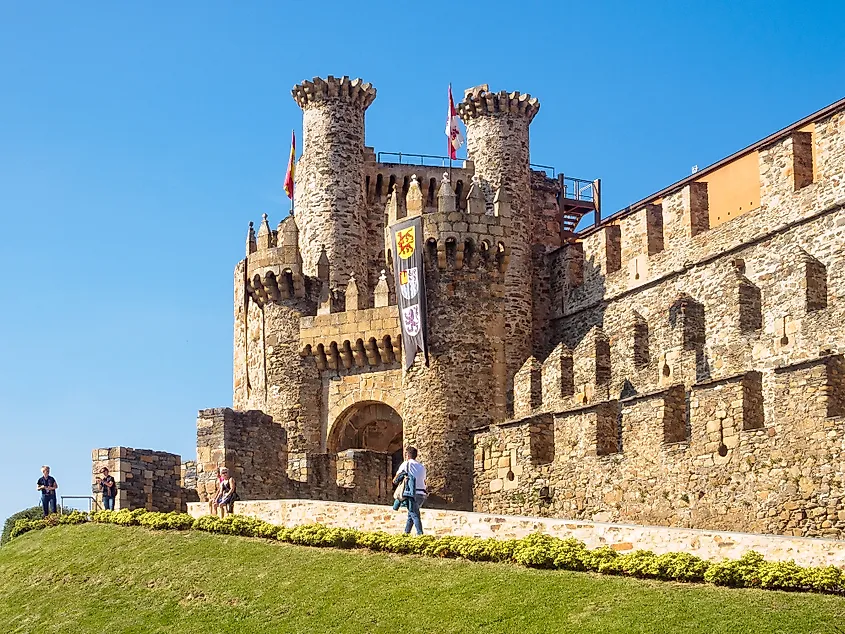
Los Templarios Castle (the Castle of the Templar Knights) was built between the 12th and 14th centuries, beginning in 1178 when King Fernando II of Léon entrusted the Order of the Temple to watch over the budding settlement and attend to the passing pilgrims. Doing so encouraged population growth and economic development.
The region's mining heritage was reignited through the 20th century. During World War I, tungsten was extracted to serve the arms industry. In 1918, Spain's largest coal-mining corporation was founded (the Ponferrada Mining, Iron, and Steel Company), leading to the construction of a steel plant that same year and, eventually, the country's first coal-fueled power plant (which opened in Ponferrada in 1949). The city's energy-based economy was then diversified in 1960 with the opening of the Bárcena Dam. After most of the mines closed in the late 1980s, Ponferrada pivoted towards wind turbines as a viable source of revenue.
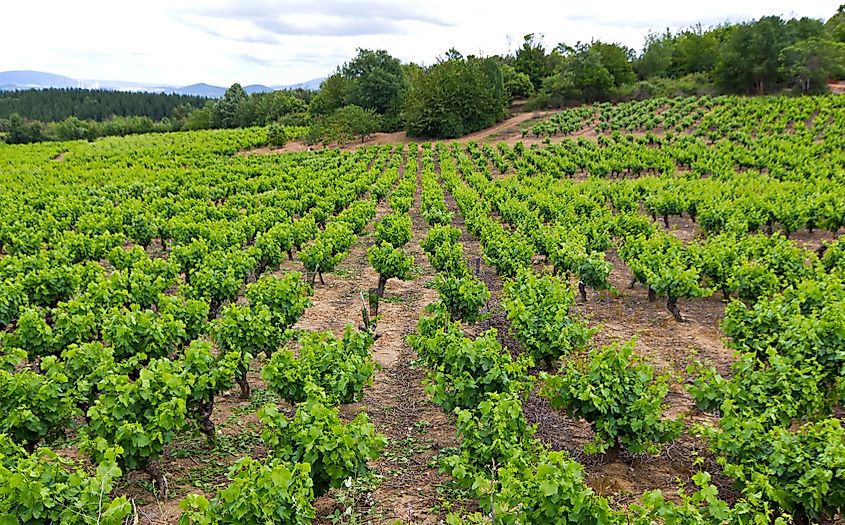
Wine production was revived in the 1990s. The Bierzo region is celebrated for its world-class but small-batch (with some artisanal vineyards releasing as few as 1,000 bottles in a year) Destination of Origin wines. The mineral-rich soils that proved historically significant for the various mining operations have once again proven to be a valuable asset for grape growers.
Between the Camino, castle, economy, and wineries (not to mention the spectacular natural surroundings), Ponferrada enjoys a healthy influx of tourists. Though small, there are plenty of ways to pass the time in these parts.
Attractions In And Around Ponferrada
The polygonal Castle of the Templar Knights is the biggest head-turner in town. It has a quintessential drawbridge/moat entrance, two large towers joined by an arch (note: the twelve original towers were built to represent the constellations), and inside, visitors will find the Templars' Library and the Ponferrada Investigation and Study Centre. The fortress stands above the historic quarter, affording excellent views of the city – both its antiquitous core and modern surroundings.
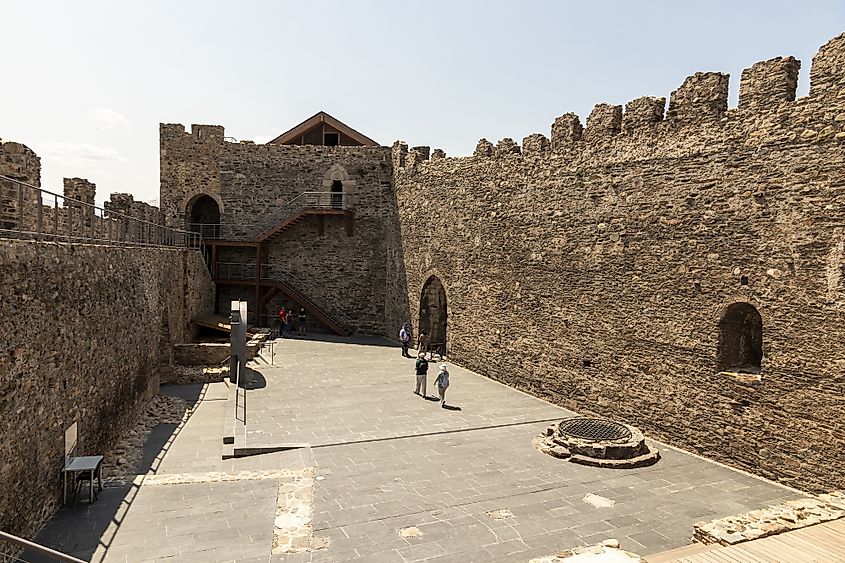
Museum-lovers will have plenty to keep them busy in Ponferrada. The Museum of El Bierzo is housed in a decommissioned prison. It unveils the region's history spanning from the Lower Paleolithic to the Roman occupation, through the Middle Ages, and into the modern energy industrial developments. The Factory of Light (Energy Museum) expands even further on this latter era by offering an educational and leisure space within the former Ponferrada power station. The Railway Museum was established in a renovated station – highlighting the locomotive heritage (which first rolled through Ponferrada in 1881). Heck, there is even a museum dedicated to journalists and the host of Spain's longest-running radio program (Protagonistas, which aired between 1969 and 2013): Louis del Olmo Marote.
In between museum stops and castle tours, be sure to check out the unique restaurant and bar offerings spread across the old town. Along with the astounding aforementioned wine lists, Ponferrada specializes in botillo – a marinated pork sausage served with cachelos (i.e. boiled potatoes) and local vegetables.
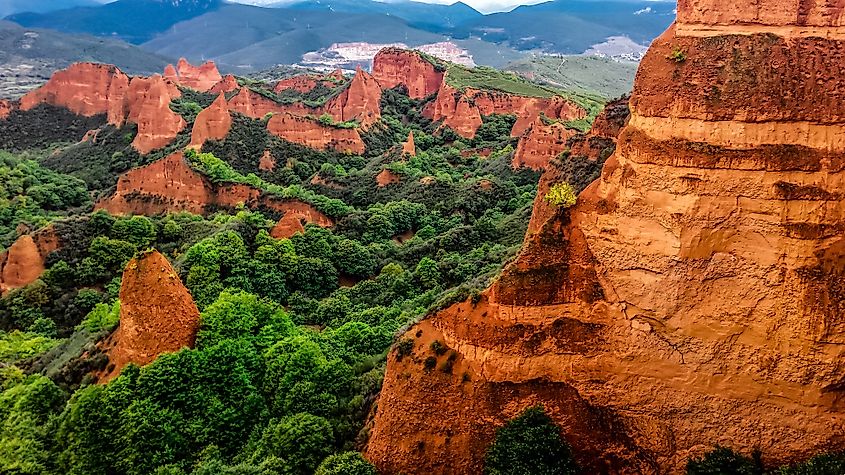
If you are staying for a few nights and are looking for some day-trip ideas, head Southwest for half an hour to the stark red cliffs of the exploited Roman mines amongst the undulating green hills at Las Médulas. This 2,000-hectare site was deemed a World Heritage Site by UNESCO in 1997.
To escape deeper into the Cantabrian Mountains, try driving Northeast for just over an hour to Parque Natural de Babia y Luna, or if you can spare the 3-hour drive (also Northeast of the city), then the 646-square-kilometer Parque Nacional de Picos de Europa will not disappoint. This is one of the crown natural jewels of Northern Spain – home to spectacularly scenic hiking trails, a handful of brown bears, and even Iberian wolves – all spread across the craggy Pico de Europas (a subrange of the Cantabrians).
The Camino de Santiago
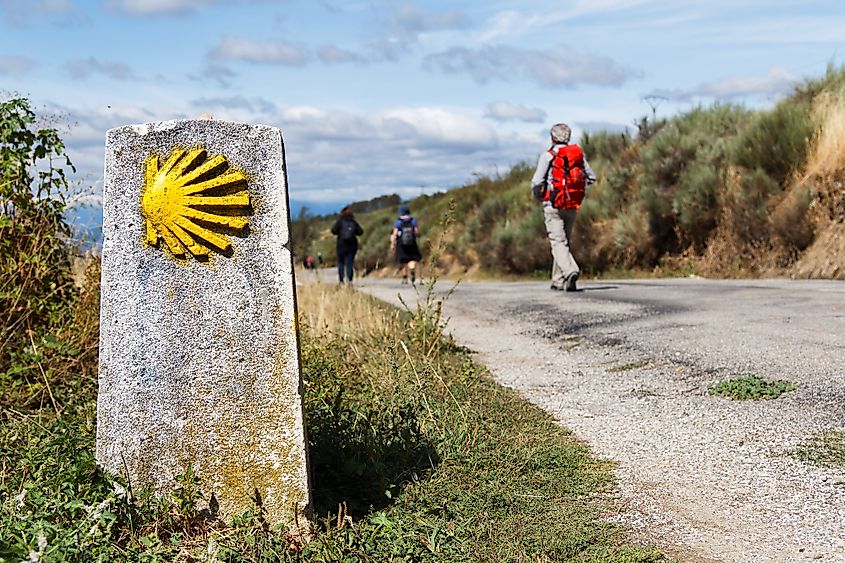
Ponferrada is part of the Camino Francés (or the French Way) – hands down the most popular of all Camino de Santiago routes. This famous pilgrimage began in the 11th century, and hundreds of thousands of people still choose to hike or bike it each year. Many pilgrims elect to walk the final 100 kilometers from Sarria to Santiago de Compostela (the official finish). But there is also a fair percentage of hardcore hikers who traverse the 800+ kilometers (500 miles) from St.-Jean-Pied-de-Port to one of the 0-kilometer posts on the Costa da Morte (Coast of Death): either Muxia or Finisterre ("The End of the World"). Visitors to Ponferrada should keep a keen eye out for the yellow arrows and scallop shell symbols that mark the way. Groups of pilgrims, who are indistinguishable from backpackers these days, will surely be marching through the streets or enjoying a refreshing cafe, particularly during the peak summer season.
Ponferrada unites curiously disparate forces. It played a role in Roman mineral extraction; it flexes some serious military muscle; it grants spiritual wanderers safe passage; it shone brightly during the 20th-century industrial boom; and it is meritorious in the world of wine connoisseurs. So, while it isn't the biggest of Spanish cities, Ponferrada occupies an important spot in Spain's Northwest region – one worth experiencing by more than just itinerant pilgrims.
